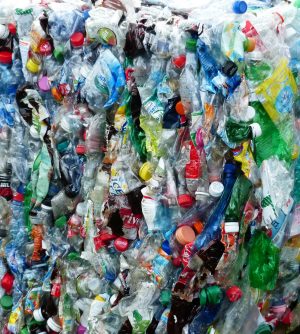
Utilize recycled PET in production
This circular economy practice illustrates the economic benefit from utilizing recycled PET besides the virgin material.
This section compiles a database of more than 200 resource efficiency measures that were identified using the TEST methodology and successfully implemented within several industries across many sectors. The measures are classified by sector and subsector, type (good housekeeping, process control/modification, technology change, etc.), category of resource savings (water, energy and/or materials), scope and applicability (process or utilities). The database enables the use of predefined filters including the possibility to use keywords for an advanced search.
Each measure in the database includes a description of the problem, a technical description of the solution, the economic and environmental benefits quantified for the specific company case, the costs and the expected return on investment, suppliers of equipment as well as other aspects related to safety, maintenance, productivity and technical implementation.

This circular economy practice illustrates the economic benefit from utilizing recycled PET besides the virgin material.
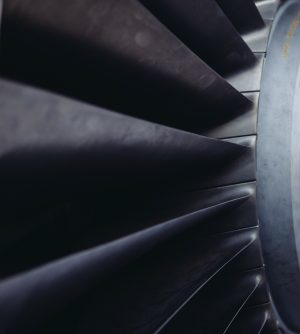
In this practice, the calculations of savings achieved after introducing variable speed drives on fans and blowers are illustrated.
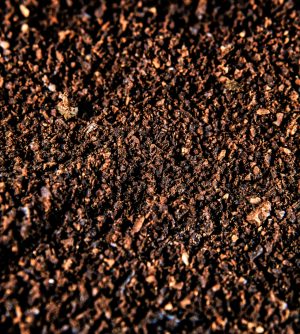
Originally, this company had to dispose generated spent ground through selling it as animal feed at very low price. Investigations revealed that the spent ground has high calorific value, thus can be utilized as an alternative source of energy through a biomass boiler.

Benchmarking the bath ratio in a textile finishing company indicated a room for improvement through reducing that bath ratio. That reduction was achieved while monitoring the product quality to avoid any adverse impact, and consequently the company saved on water, chemicals, and energy.
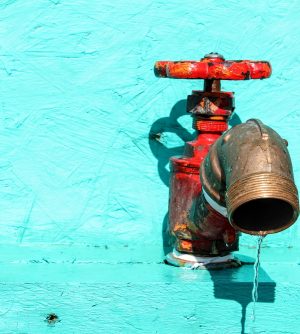
The use of water in domestic purposes is occasionally overlooked within industrial companies. For this large company, savings associated with introducing water conservation devices for domestic use reached 3% of the total company water consumption.
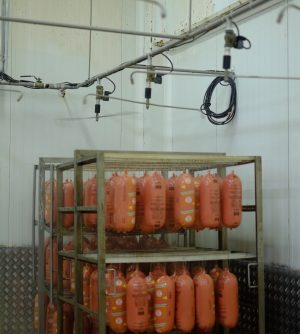
Through a simple increase in the targeted cool down temperature of finished products, the company succeeded in savings of 25% of it’s total water consumption with no additional costs occurring.
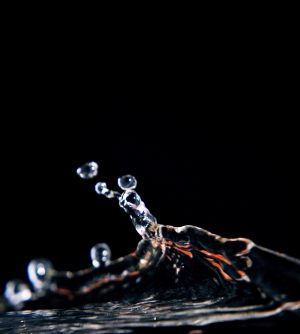
Water mapping in a textile company revealed several opportunities to conserve on water and thermal energy through process optimisation and energy efficient design.
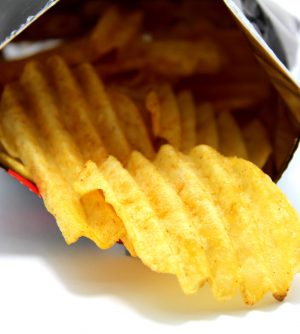
Benchmarking the water consumption at this natural potato chips production facility indicated a potential for improvement. Detailed water mapping served in identification of main water consumers, and development of water reuse practice which reduced the water demand by 20%.
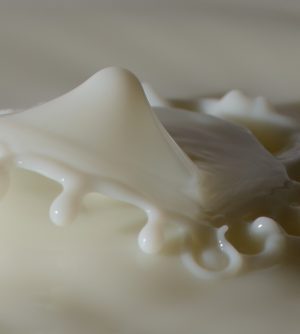
Whey generated at this dairy is not utilized and is discarded to the drain. Separating the fat from the whey, and introducing in to the production of butter or other neich products is a worth investigating alternative, especially that the separator is readily available on site.